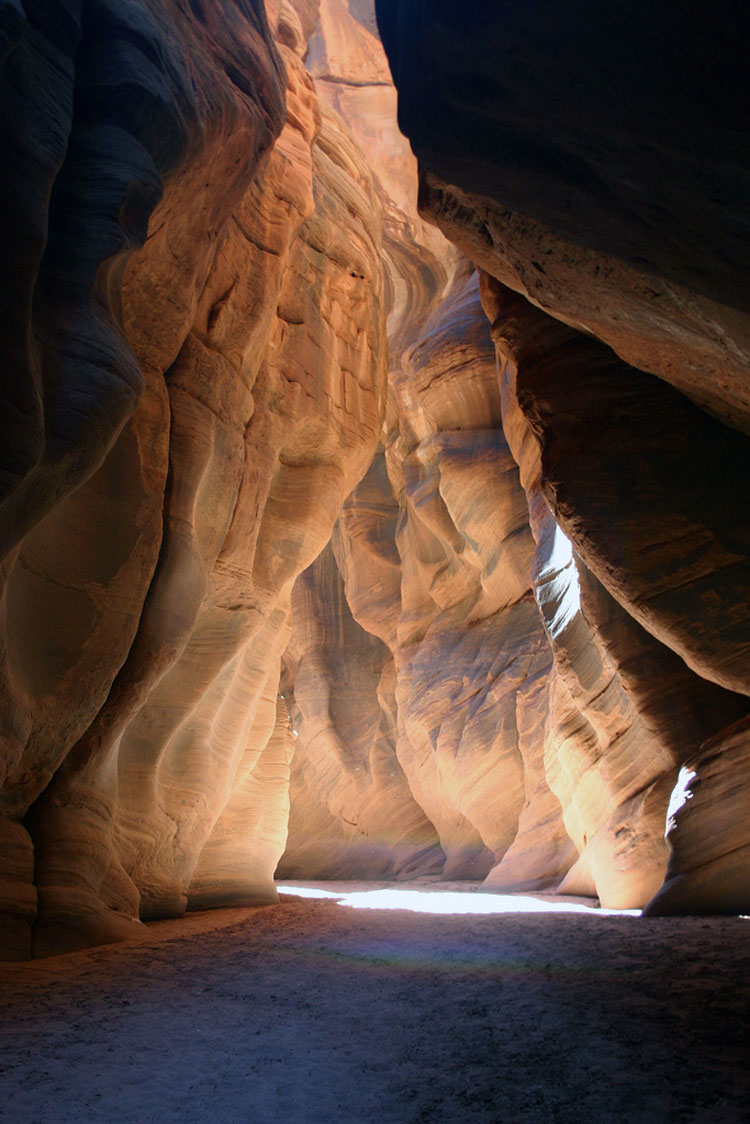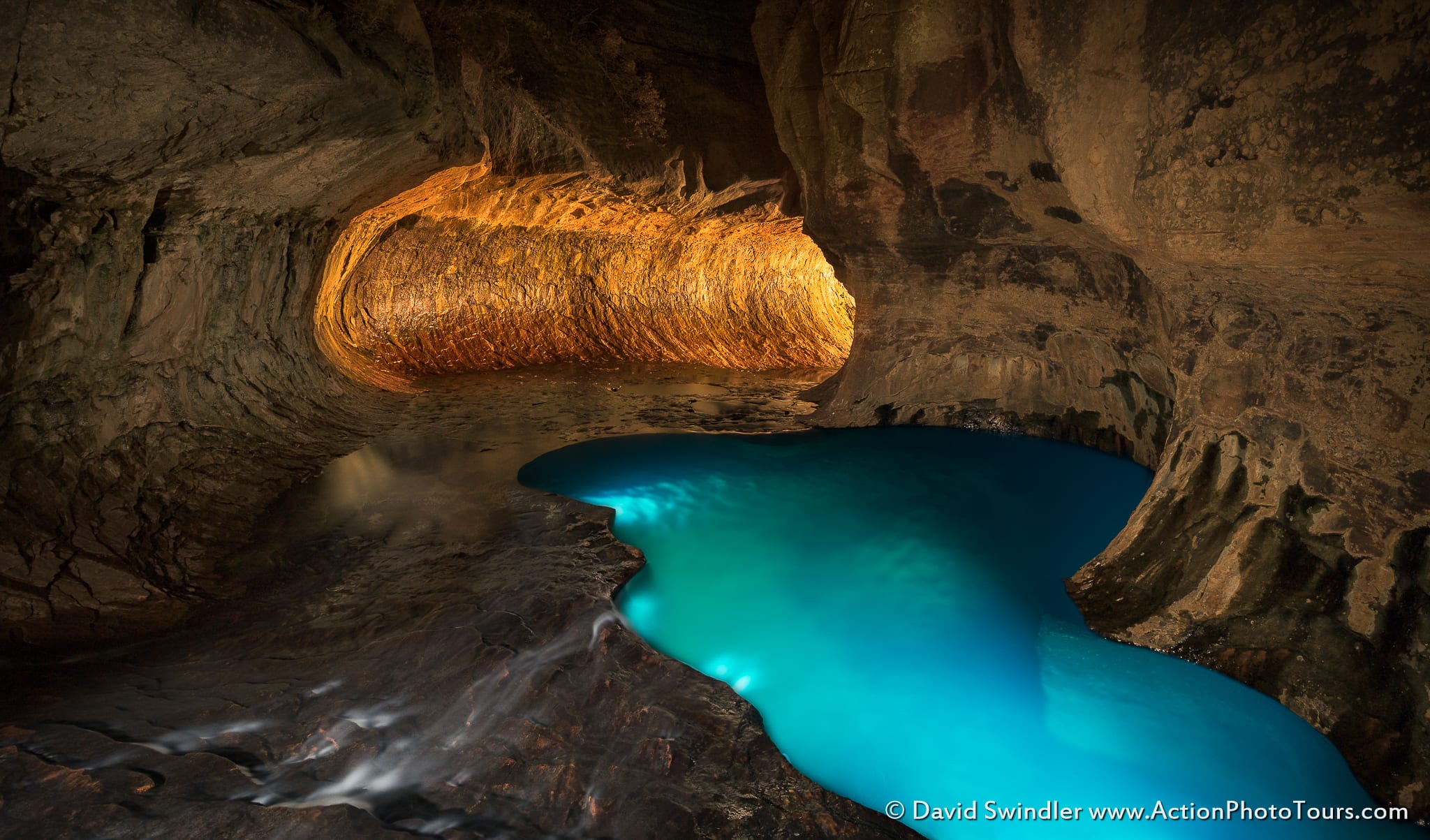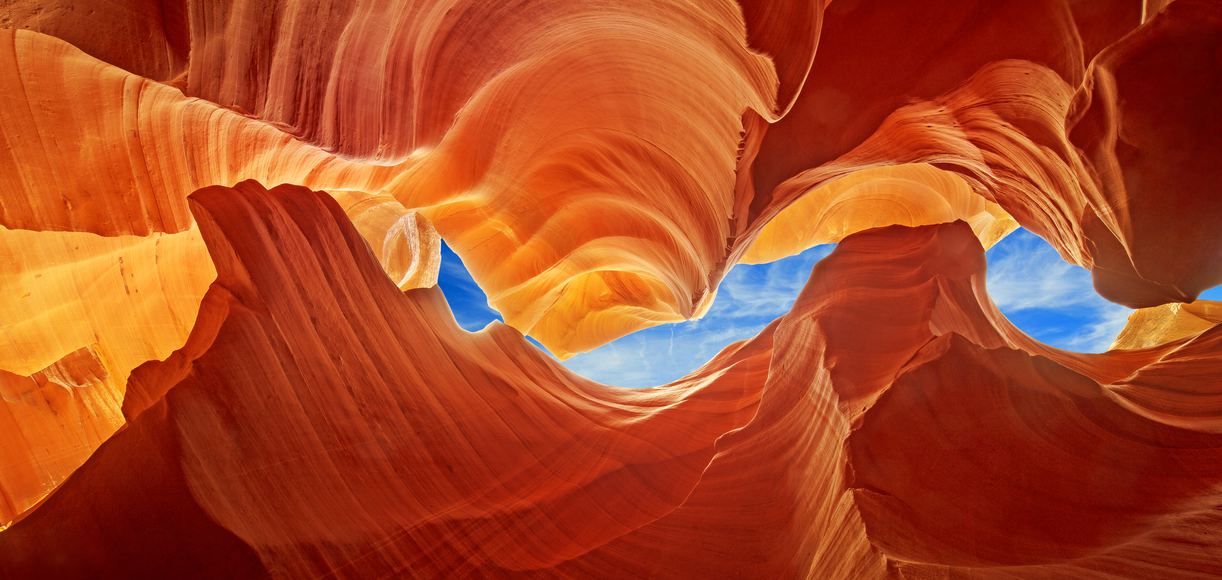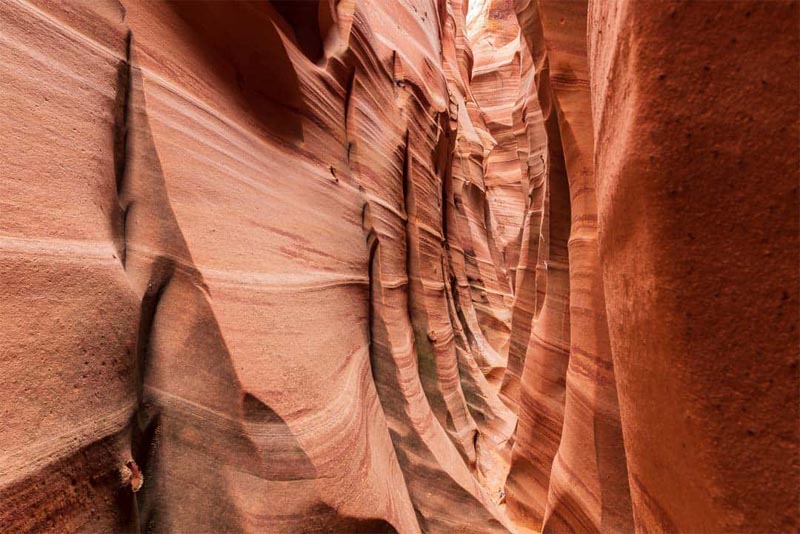Best Slot Canyons
There is something magical and sobering about exploring slot canyons in Southern Utah.Hiking, swimming and sometimes squeezing through high sandstone walls carved by the elements over thousands of hundreds of thousands of years (you read that right) makes you keenly aware of how powerful the natural world around us is. Best Slot Canyons In The Us free slot games, our love of slots at Slotu means that we are constantly delivering new additions to the site each week. Our team works hard to hand Best Slot Canyons In The Us pick, test and list only the very best slot machines and online casinos intended for the biggest of slots enthusiasts. 8 Best Slot Canyon Hikes in the Southwestern US Slot Canyons – If you love to squeeze into tight places and feel the rocks up against you as you slide through narrow canyons, this is. 8 Best Slot Canyon Hikes in the Southwestern US Slot Canyons – If you love to squeeze into tight places and feel the rocks up against you as you slide through narrow canyons, this is the place for you. Mosaic Canyon is ideal for a great morning hike, so be the early bird and catch the worm. Stretched Pebble Canyon. West of Grotto and Mosaic—two of the most visited slot canyons after the one in Borrego Springs —lies Stretched Pebble Canyon. It may be the road less traveled, but it’s simply stunning.
Best Slot Canyons In Wy
HC 70, P.O. Box 375 Terlingua, TX 79852
Park Website • Park Maps • Day Reservations RequiredCLOSED CANYON TRAIL
Closed Canyon Trail is a short, easy hike through a narrow slot canyon that bisects the mesa between the trailhead and the Rio Grande — however there is no river access from this trail. The parking area and trailhead is located about 22 miles west of the Barton Warnock Visitor Center on FM 170 (also known as River Road). This is a hiking-only trail and is one of only 2 pet-accessible trails in Big Bend Ranch State Park. From the trailhead, find your way down the low hill, into an arroyo to the opening of the canyon.
Once you’re in the canyon, there’s no defined trail — instead, the narrow, towering walls guide you along the way, progressively becoming narrower as the canyon trends downward toward the river. You’ll find sand bars and gravel deposited during heaving rains, and the rock along the floor and lower portions of the walls have been polished smooth from the friction of moving sand and gravel during floods. When this slick rock is wet, it’s very slippery (like its name suggests), so be cautious! You’ll also find several depressions in the canyon floor that hold water and are referred to as tinajas, which offer a source of water for wildlife and are also sensitive habitats — so avoid stepping and splashing in them! Hiking over all that slick rock, you’ll want to keep your shoes dry anyway. As you head deeper into the canyon, you’ll encounter small boulders that you’ll have to scramble over, and progressively deeper and steeper pour-offs lined by slick rock. Make sure you can climb back up once you climb down, and if you’re unsure, it’s always wise to turn around.
Because the canyon walls are so tall and narrow, only a little sunlight reaches the floor and the temperature in the canyon can be substantially cooler than out in the exposed desert for most of the day, making it a great reprieve from a warm day in the park. The canyon is also home to a variety of wildlife — you’ll likely only see and hear small birds on your hike, but exercise caution if you come across any snakes or larger wildlife. Do not enter the canyon if there is a chance for rain! Out here, canyons and creeks can flash flood quickly and without notice, especially during the summer rainy season (June-August). To be best prepared, check in with a park ranger at the Barton Warnock Visitor Center about trail and weather conditions before hiking any trail in the park.

HOODOOS TRAIL
Not far from Closed Canyon, the Hoodoos Trail is a short, easy loop trail with great views of the Rio Grande and allows plenty of exploration around strange rock formations that include several hoodoos. The loop trail itself is easy to follow, but feel free to explore all around this small bend of the river. The parking area and trailhead is located about 26 miles west of the Barton Warnock Visitor Center on FM 170 (also known as River Road). This is a hiking-only trail and is one of only 2 pet-accessible trails in Big Bend Ranch State Park.
The hoodoos can be seen up close without taking the loop trail — just find your way over the sloping, gapped rocks and be careful on any slick surfaces. Although they may appear rock-hard and stable, hoodoos are made of relatively softer materials that erodes easily if disturbed. Never climb or otherwise disturb the hoodoos to help preserve these features.

CONTRABANDO EAST – MAIN TRAIL
Best Slot Canyons


The Contrabando trail network is composed of over 25 miles of interconnecting wagon trails and single-track trails that arc through the interior of the park, letting you experience the wide open rugged beauty of the Chihuahuan Desert, on foot or mountain bike. This section describes the East Main Trail and the handful of connected/spur trails that diverge from the main trail, from the trailhead to the ruins of the Crawford-Smith House, slowly gaining elevation across the miles into this central area of the park. However far you wish to hike this trail, enjoy the views and solitude!
For the first 2 miles from the trailhead, it’s an easy walk over relatively flat terrain following the traces of a wide wagon trail. Around 2 miles in, diverge onto the single-track Crystal Trail (1.5 miles) for a different experience. The Crystal Trail will put you back onto the East Main Trail. 1/10th of a mile further, you’ll have a choice of continuing on the East Main Trail or taking the left fork onto the Camino Viejo Trail. Once The Camino Viejo Trail meets back up with the East Main Trail, you’ll cross Contrabando Creek and continue on for 2.6 miles to reach the ruins of the Whit-Ray Mine and the nearby Fresno Mine — a good spot to rest and eat!

3.6 miles further up the trail, you’ll gain a bit more elevation and come across the beautiful Fresno Cascades, stretching through Fresno Creek below you. Here, the creek tumbles down several rock outcrops and the creek is lined with large cottonwood trees — another nice place to stop and rest. After the cascades, continue downward for another 2 miles to reach the Crawford-Smith House ruins. When exploring ruins throughout the park, exercise caution and do not disturb any of these historic sites. North of these ruins, you may continue on into Fresno Canyon and beyond.
Note: Pets are allowed only within 1/4 mile from the trailhead, for their own safety and to protect the wildlife. Water sources like seep springs and standing water in creek beds are fragile ecological zones in the desert — do not wade or swim in this water, and always filter/treat any drinking water you gather from these sources.
OJITO ADENTRO TRAIL
Best Slot Canyons Near Zion
While the park’s interior can be hard to get to due to how remote and far flung it is from the easily-accessible stretches of FM 170, a trip to the interior of the park is well worth the extra time spent driving. It also helps that once you are traveling on the main park road, you pass by the Ojito Adentro trail which is a short, fun and rewarding hike to shake the legs out after all that time in the car.
The trail starts in the parking lot just off the main park road and from here, take a brief moment to absorb the juxtaposition of the muted desert colors that surround you and the vibrant green that sits nestled between the two peak in front of you. Where there’s green, there’s water and this trail leads you into a lush, protected “oasis” where it’s shady, cool and water gathers under large hanging ferns. As you hike from the parking lot toward the springs, you will twist and turn your way down the hillside and eventually reach a gate that you must pass through to enter the fenced-in springs area.
As you leave the desert sun and enter into the relief of the shade, hang a right and follow the wash towards the springs. You will have to do a little bit of scrambling over some logs and larger rocks, but you will eventually arrive at a large opening, seen in our photo, where the spring trickles out from the rock. After recent rain, this area will feature a 30 foot waterfall that pours off from the wall above the ferns and cascades down the trail. If you are ever in the region during a rain, this would be an excellent hike to try!
CINCO TINAJAS LOOP
For those of you who didn’t do well in Spanish, Cinco Tinajas translates roughly to mean “five jars” and as you can maybe guess from the photo, the “five jars” on this loop trail are the large tinajas that hold pools of rain water. This trail is excellent, and it can be hard to tell from this photo, but the canyon is quite large and when viewed from the overlook, you get a tremendous perspective of the tinajas.
Start your hike at the Cinco Tinajas parking lot. From here, the trail meanders with a slight incline under a high mountain ridge. As you wind through the ocotillo, you will have plenty of opportunities to spur off trail to take in some scenic vistas. At the first set of cairns, take a right and follow the trail as it begins to flatten out a bit and make its way towards the overlook. Once you arrive at the overlook, you should be able to look straight down into the Cinco Tinajas canyon and have views of all five as seen here. Park yourself on a rock and enjoy the view, water here is rare!